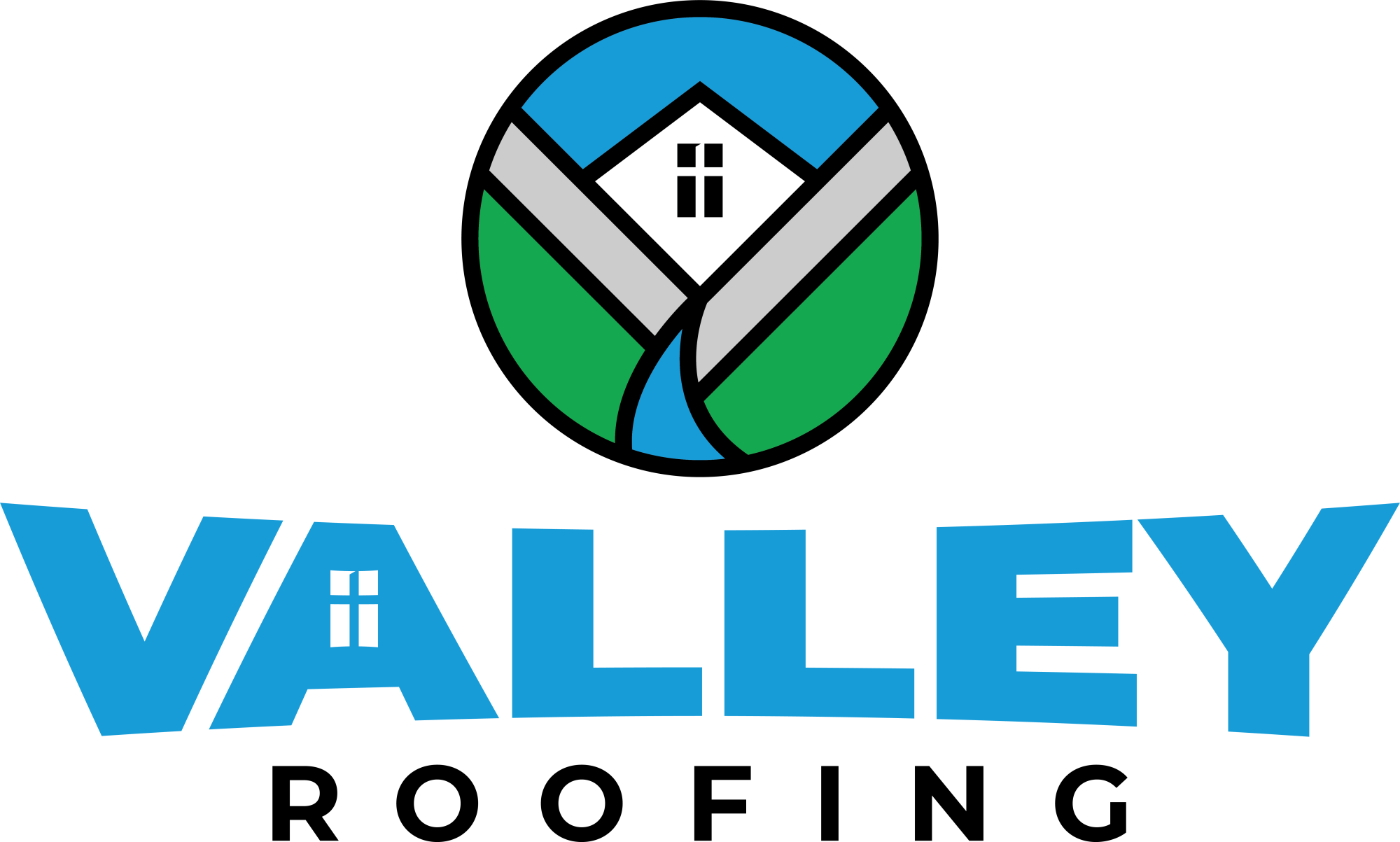Your roof is the first line of defense for your home against the elements, and it plays a crucial role in protecting your family and belongings. However, bad weather can take a toll on your roof, leading to damage and reducing its lifespan. In this article, we will explore six ways in which bad weather impacts your roof and discuss the importance of proactive maintenance. With the expertise of Valley Roofing, an experienced roofing contractor, we will provide valuable insights to help you understand and mitigate the effects of bad weather on your roof.
Understanding the Impact of Bad Weather on Your Roof
Your roof is constantly exposed to various weather conditions, which can gradually weaken its structure and integrity. Let’s delve into the specific ways bad weather can impact your roof.
1. Heavy Rainfall and Roof Leaks
One of the most common issues caused by bad weather is roof leaks resulting from heavy rainfall. When torrential downpours occur, water can penetrate through damaged or deteriorated shingles, gaps, or cracks. This leads to water infiltration inside your home, damaging the ceilings, walls, insulation, and even electrical systems. Prompt detection and repair of roof leaks are crucial to prevent further damage.
2. Hailstorms and Roof Damage
Hailstorms pose a significant threat to your roof’s durability. When hailstones of various sizes pelt your roof, they can cause dents, cracks, or punctures in the shingles. This damage compromises the protective barrier of your roof, making it more susceptible to leaks and further deterioration. If your area is prone to hailstorms, it’s essential to have a roofing contractor, like Valley Roofing, inspect your roof for any hail damage.
3. Strong Winds and Shingle Loss
Powerful winds during storms can lift and tear away shingles from your roof. This exposes the underlying layers and weakens the overall structure. Missing shingles not only compromise the aesthetics of your home but also create opportunities for water to infiltrate, leading to leaks and other water-related issues. Regular roof inspections and timely repairs are vital to address any wind-related damage.
4. Snow and Ice Dam Formation
In regions with cold climates, snowfall can be a significant concern for your roof. When snow accumulates on your roof, it can create ice dams along the edges. As the snow melts and refreezes, these dams obstruct proper drainage, causing water to back up and seep under the shingles. This can result in water damage, mold growth, and even structural issues if not addressed promptly. Proper insulation, ventilation, and removal of snow are essential to prevent ice dam formation.
5. Extreme Heat and Roof Deterioration
High temperatures can accelerate the aging process of your roof, especially when exposed to prolonged periods of intense heat. The constant expansion and contraction of roofing materials due to temperature fluctuations can lead to cracks, warping, and degradation. Additionally, UV radiation can cause shingles to fade, blister, and lose their protective granules, further reducing their lifespan. Regular inspections and maintenance help identify heat-related damage and preserve the longevity of your roof.
6. Proactive Maintenance for Roof Protection With Valley Roofing
To minimize the impact of bad weather on your roof, proactive maintenance is key. With the expertise of Valley Roofing, an experienced roofing contractor, here are some essential steps you can take:
i. Regular Roof Inspections:
Schedule periodic inspections by professional roofers to identify any issues, such as damaged shingles, loose flashing, or signs of wear and tear. Early detection allows for timely repairs, preventing further damage.
ii. Quality Roofing Materials:
Choose high-quality roofing materials that are designed to withstand various weather conditions. Consult with Valley Roofing to ensure you select the right materials suitable for your climate and specific roofing needs.
iii. Professional Installation:
Proper installation is crucial for the longevity and performance of your roof. Entrust the installation to experienced roofing contractors like Valley Roofing, who have the expertise and knowledge to ensure a flawless installation.
Timely Repairs: Address any roof issues promptly, such as leaks, missing shingles, or damaged flashing. Ignoring small problems can lead to more significant damage and costly repairs in the future.
iv. Gutter Maintenance:
Clear debris, leaves, and branches from gutters and downspouts regularly to prevent clogging. Proper drainage is essential for preventing water buildup on the roof, which can lead to leaks and structural damage.
v. Proper Attic Ventilation:
Ensure your attic is adequately ventilated to prevent heat buildup and reduce the risk of ice dam formation. Proper ventilation helps maintain a consistent temperature, extending the lifespan of your roof.
vi. Insulation Check:
Evaluate the insulation in your attic to prevent heat loss during the colder months. Adequate insulation helps regulate temperature, reducing the risk of ice dams and minimizing energy costs.
vii. Valley Roofing Expertise:
Consult with Valley Roofing for professional advice and assistance. Their experienced team can provide personalized recommendations based on your specific roofing needs and ensure your roof is well-maintained and protected.
Conclusion
Bad weather can have a significant impact on your roof, but with proactive maintenance and the expertise of Valley Roofing, you can minimize the potential damage. Regular inspections, timely repairs, and professional guidance are vital for protecting your roof from heavy rainfall, hailstorms, strong winds, snow, ice dams, and extreme heat. Remember, a well-maintained roof not only safeguards your home but also provides peace of mind.

0 Comments